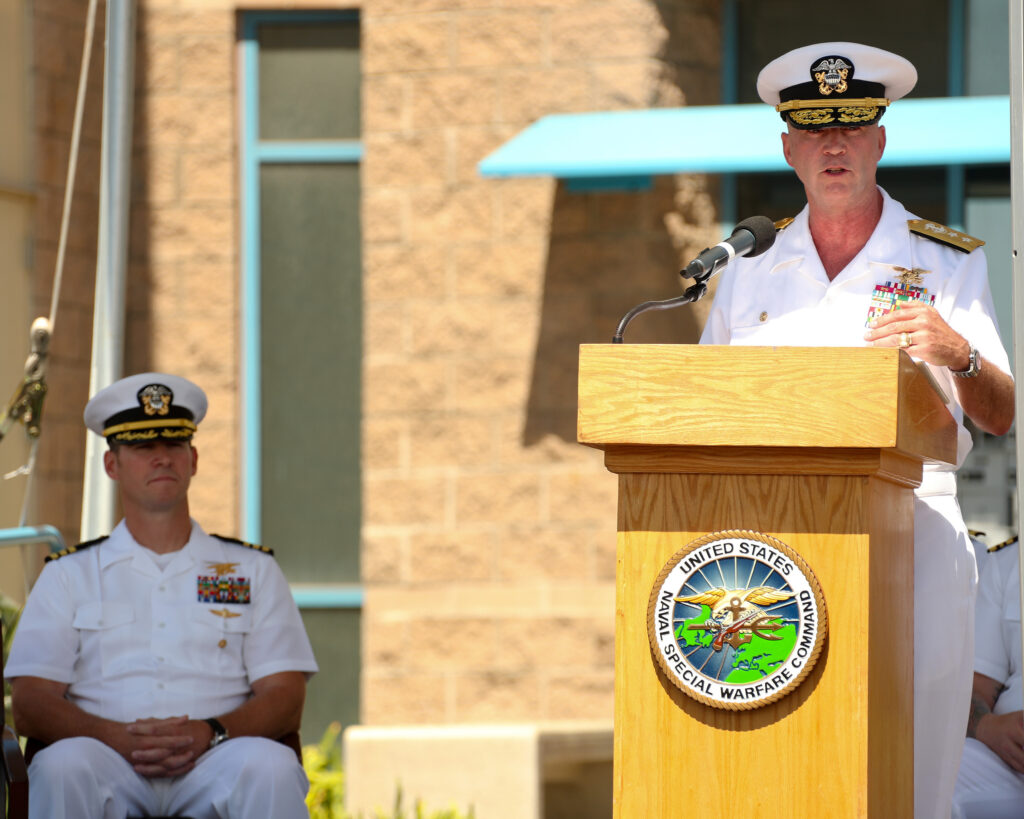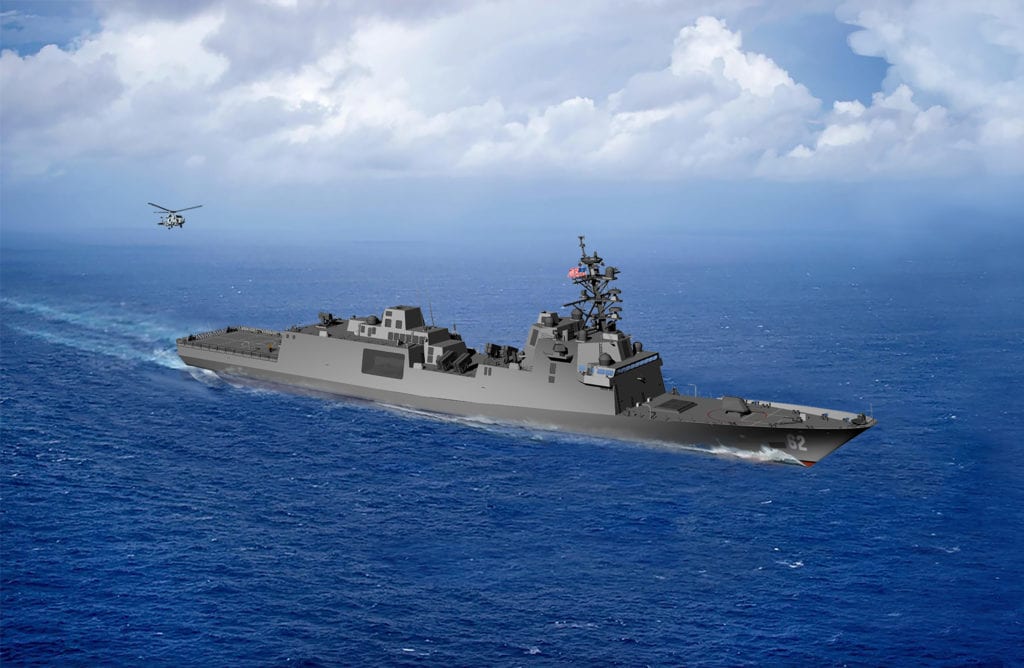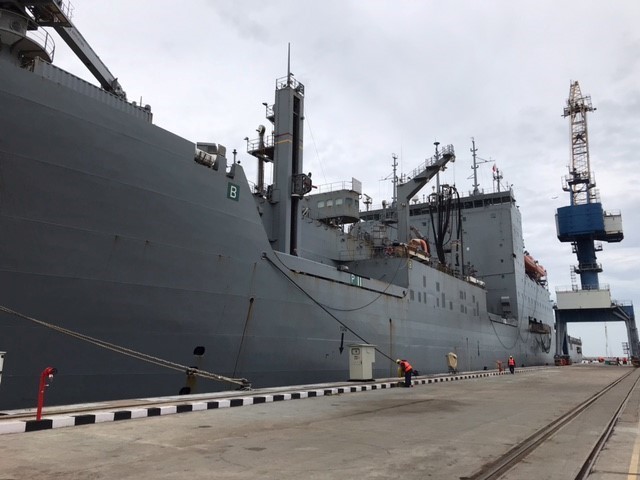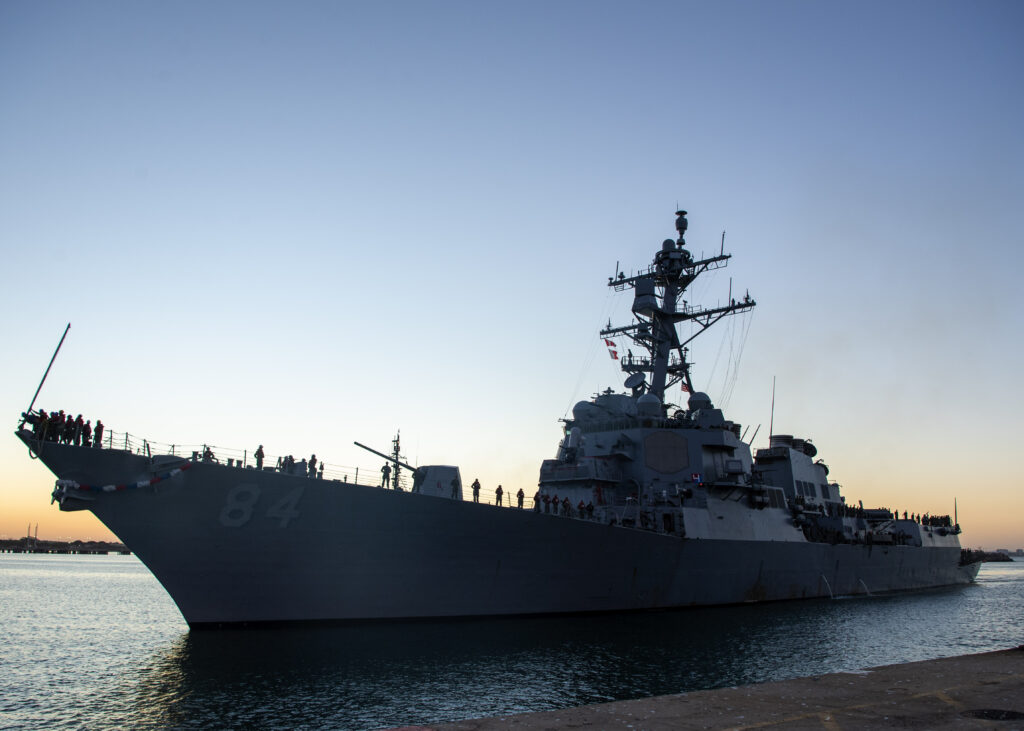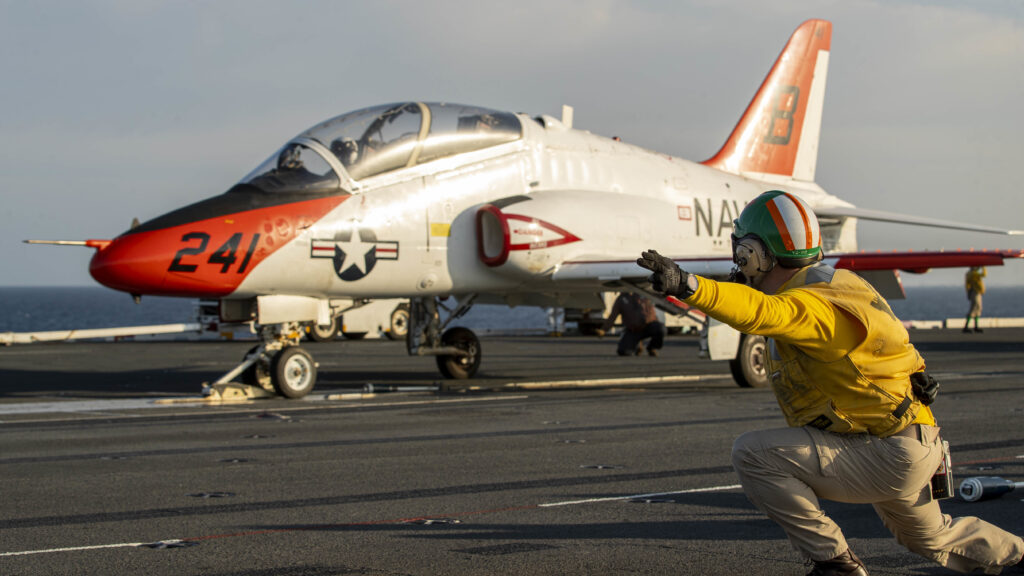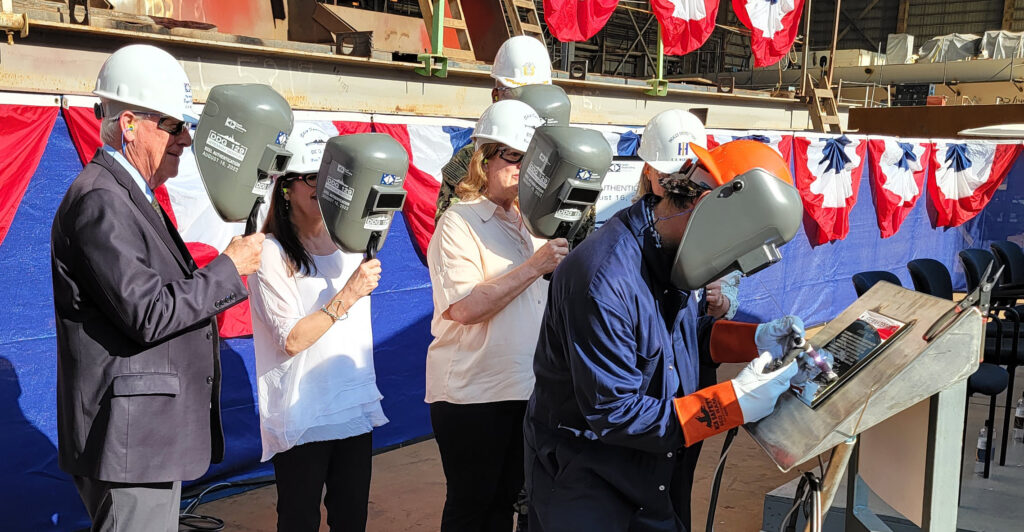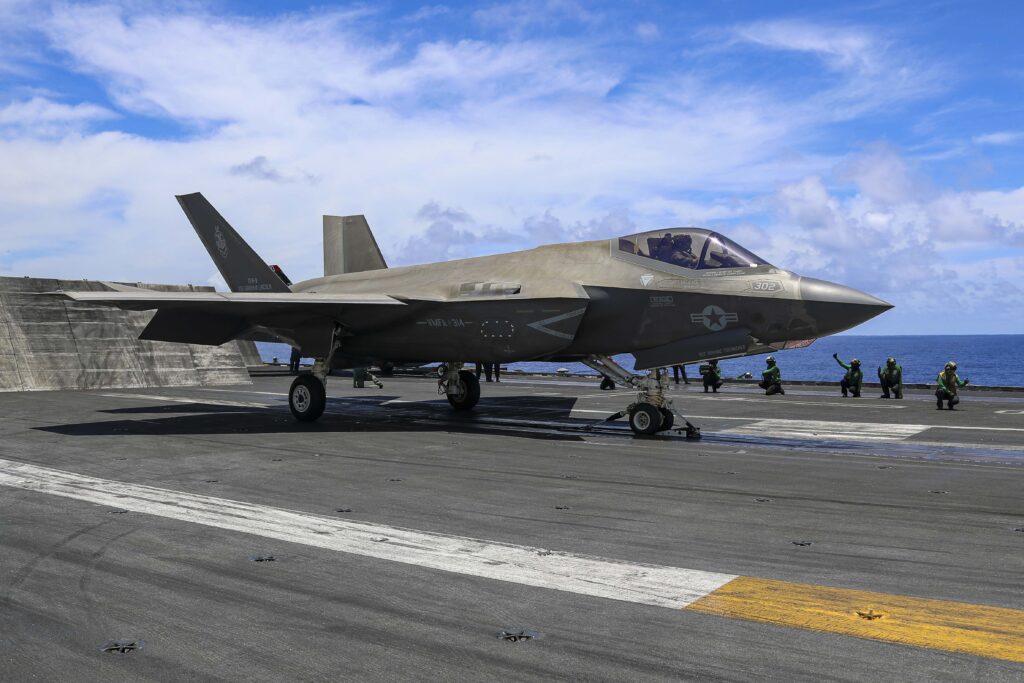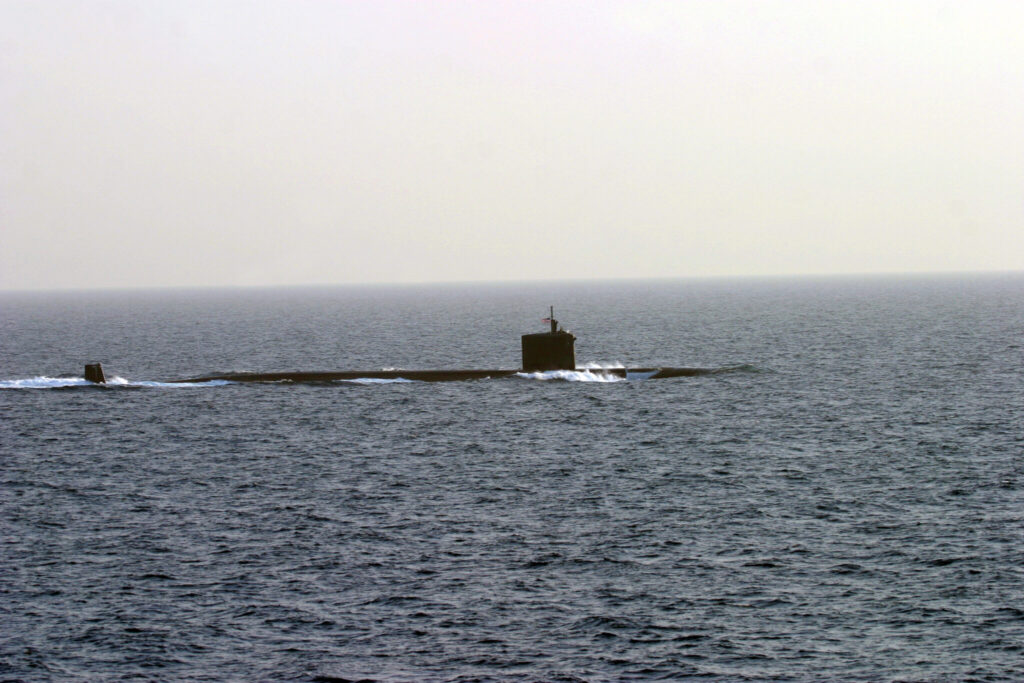Navy’s Light Amphibious Warship Will Be A ‘Great Enabler’ for Marine Littoral Regiments, General Says
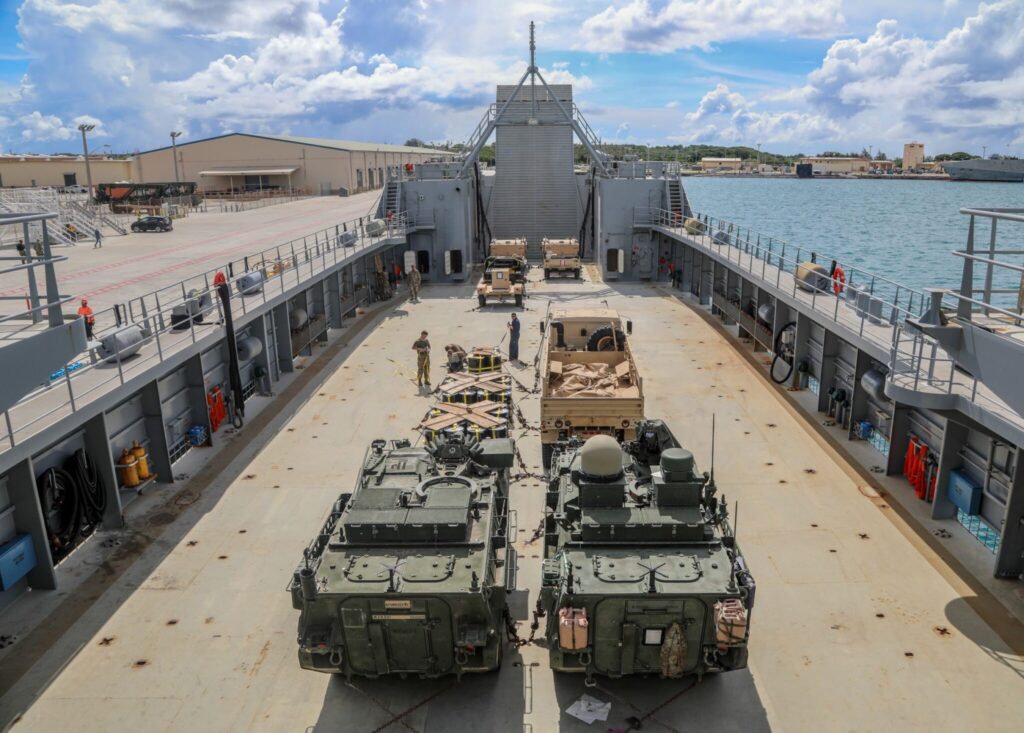
ARLINTON, Va. — The U.S. Navy’s concept of the Light Amphibious Warship (LAW), more formally designated as a medium landing ship (LSM), is advancing within the Pentagon as the Navy and Marine Corps define some goals and the concept gels as a part of the Marine Corps’ Force Design 2030 concept.
“The [LAW] AoA [Analysis of Alternatives] has been signed,” said Marine Maj. Gen. Marcus Annibale, director of Expeditionary Warfare in the Office of the Chief of Naval Operations, speaking Aug. 18 at the Surface Navy Association’ Waterfront 2022 West Coast symposium in San Diego. “We’re working through some details on that. OSD CAPE [Office of the Secretary of Defense Cost Assessment and Program Evaluation] has given us some comebacks on it. We need to get it as close to right as we can.”
The LAW, as a warship, is designed to help the Marine Corps operate within the engagement zone of China, deploying Marine littoral regiments (MLRs) as stand-in forces. The MLR, armed with anti-ship cruise missiles and an air-defense capability, among others, will be able to complicate China’s ability to operate within the first island chain.
“We put our own A2AD [anti-access/area denial] capability in their back yard as the stand-in force,” Annibale said.
“One important thing to maneuver the MLR and sustain the MR is a warship that can move over distance with speed and capacity to support the MLR,” he said. “That is the LAW. We’re working through the baseline for that.”
The general said that Chief of Naval Operations Adm. Michael Gilday has signed off on an initial capacity of 18 LAWs.
“What that maps out to, we’re looking at about nine LAWs for each MLR,” he said. “We’re working the technical aspects of the ship. We’ve looked at different commercial capabilities. We’re experimenting in the Pacific with some contract surrogate shipping. … It’s going to be a great enabler for those MLRs.”
Annibale said the Navy conducted a classified survivability study on the LAW as part of the AoA.
“It’s a warship,” he said, “It’s not a commercial ship, even though we’re going to experiment with some commercial ships.”
Annibale said that the rank for a LAW commanding officer is under discussion, floating the option of an O-4 lieutenant commander as a skipper and the nine-LAW squadron under an O-5 commander.
